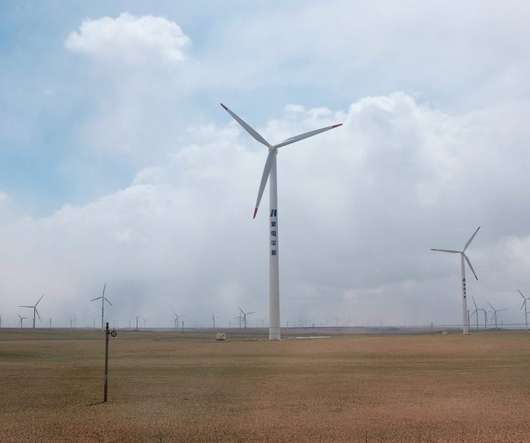Pittsburgh Water & Sewer Authority To Buy More Wind Energy From Western PA Energy Consortium
PA Environment Daily
AUGUST 9, 2023
On August 9, the Pittsburgh Water and Sewer Authority announced it would be committing to the purchase of wind power and the use of clean energy to support the production and operations of water services. PWSA holds the largest share at 30% of the total, underlining our strong commitment to sustainable energy practices. “It












Let's personalize your content